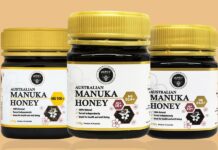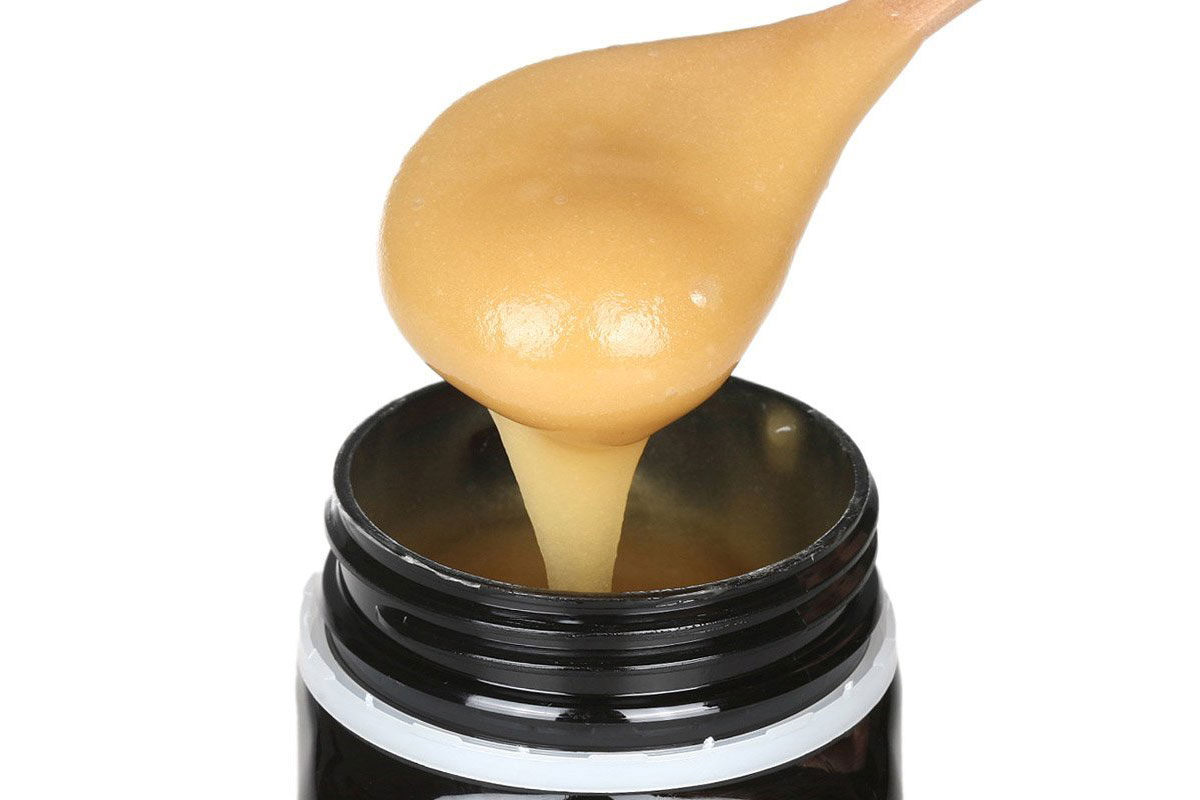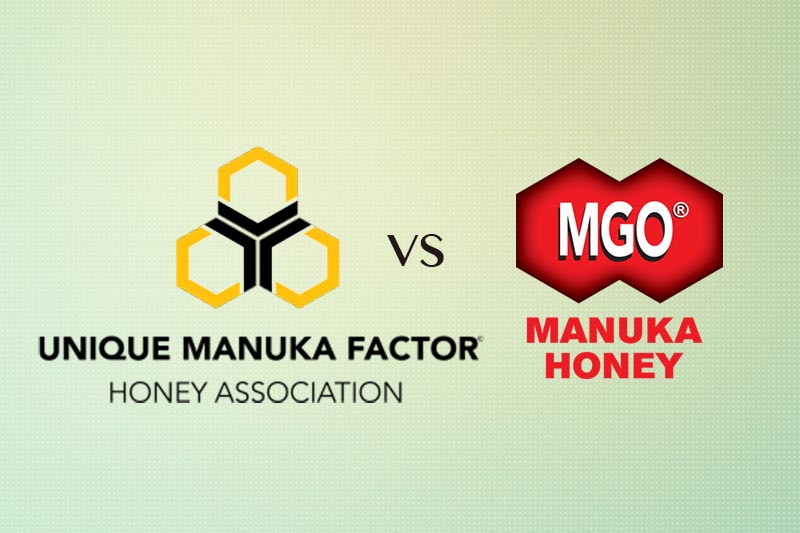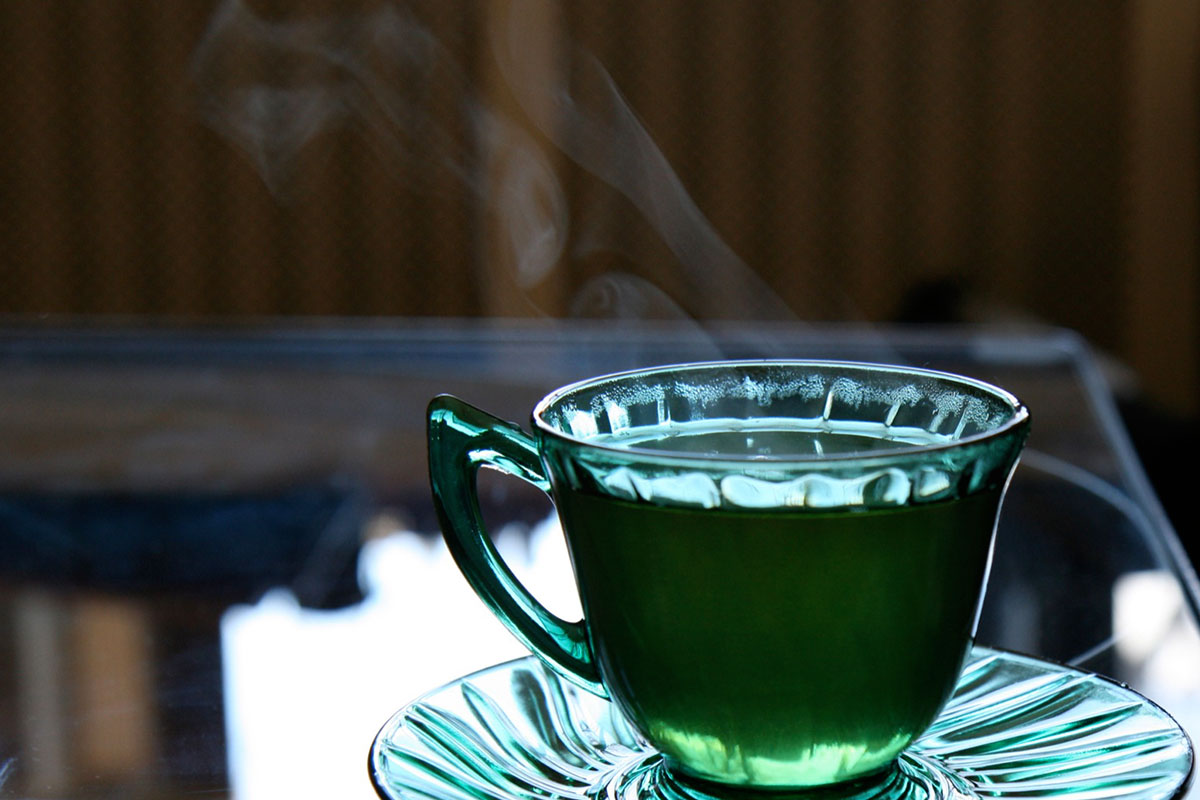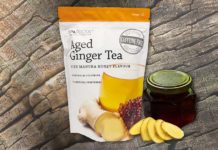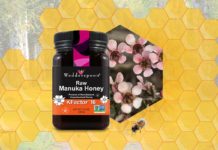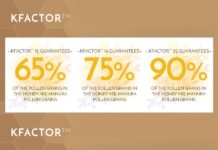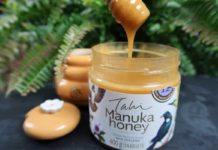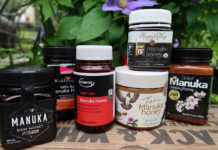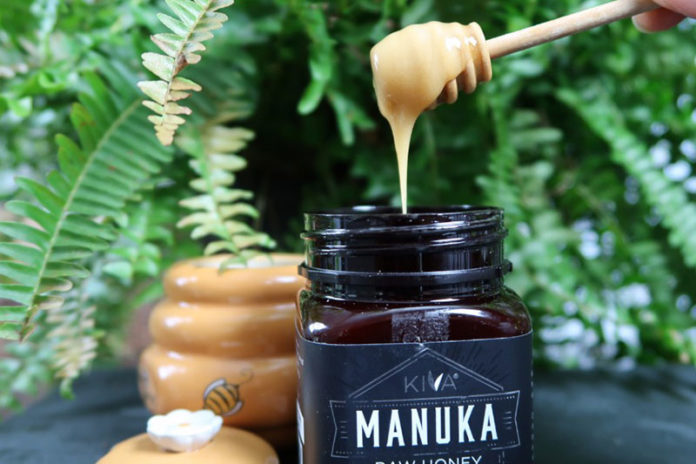
Attempt to trademark manuka
Nicknamed “liquid gold”, manuka honey is produced by bees foraging through the manuka tree shrub which grows predominantly in the wild in New Zealand and also in Australia.
Thanks to its healing properties, manuka honey is raking in big profits for beekeepers in both countries. Given this fact, it is without surprise that a New Zealand honey association has recently applied for exclusive rights to market manuka honey in five countries, including the United States, Britain, Australia and China.
If the association were given the exclusive rights, it would mean a monopoly over these big consumer markets. Hence, the recent push to trademark the name “manuka” has sparked a bitter row between the two countries. Australian producers say New Zealand has no right to claim a monopoly on manuka honey.
Manuka is in demand
Manuka honey users have sworn by the wonder food, touting it as having antiseptic and anti-inflammatory properties, good for healing skin conditions, sore throats, boosting immunity, and aiding digestion.
Celebrities’ endorsements
Several celebrities are fans of manuka honey. The list includes Scarlett Johansson, Gwyneth Paltrow, and among them, the one who seemingly love manuka the most must be Kourtney Kardashian. Kourtney Kardashian is a famous manuka “brand ambassador” who uses the honey as a face mask, besides eating it, and she feeds her children manuka honey tea to ward off colds.
Even certain athletes have found miracles with manuka honey. Prominent tennis champion Novak Djokovic gave credits to manuka honey in his autobiography. He said that manuka honey is a key part of his organic diet that helped revive his career when he discovered that he was gluten intolerant.
Secret ingredient in manuka
So what is the secret in manuka honey? Researchers have found the star ingredient is methylglyoxal (MGO), an antimicrobial molecule, which exists in higher concentrations in manuka than any other honey varieties.
The higher the concentration of MGO, the greater the antiseptic properties it is supposed to exhibit, and thus the higher is the price of the jar of manuka. This is why a jar of high UMF 20+ and above manuka can set consumers back by hundreds of dollars.
Thanks to scientific studies and testimonies of people, manuka is in high demand by consumers worldwide, especially so in the developed countries that the trademark application attempts to secure.
Weeds turned “wonder” plant
Manuka is a Māori word (Māori is an indigenous Polynesian community in New Zealand). The word refers to the wild flowering plant leptospermum scoparium. Paradoxically, before the modern world discovers the healing power of manuka honey, the plant is regarded as a weed shrub because it grows abundantly in the wild throughout New Zealand. The twist of destiny comes after the discovery of the MGO ingredient, and the manuka tree shrub has become what some call a “wonder” plant.
Trademark results pending
As of today, authorities are still evaluating the merits of the trademark application. For consumers, this is a double-edged sword. If trademark is approved for exclusive use by New Zealand, then the price of manuka would likely rise because the market is monopolised by certain suppliers. However, the flip side of trademarking manuka is that consumers will be assured what they are paying for is genuine manuka honey off the shelves.
We’re listening.
Have something to say about this article? Leave us a reply below.


